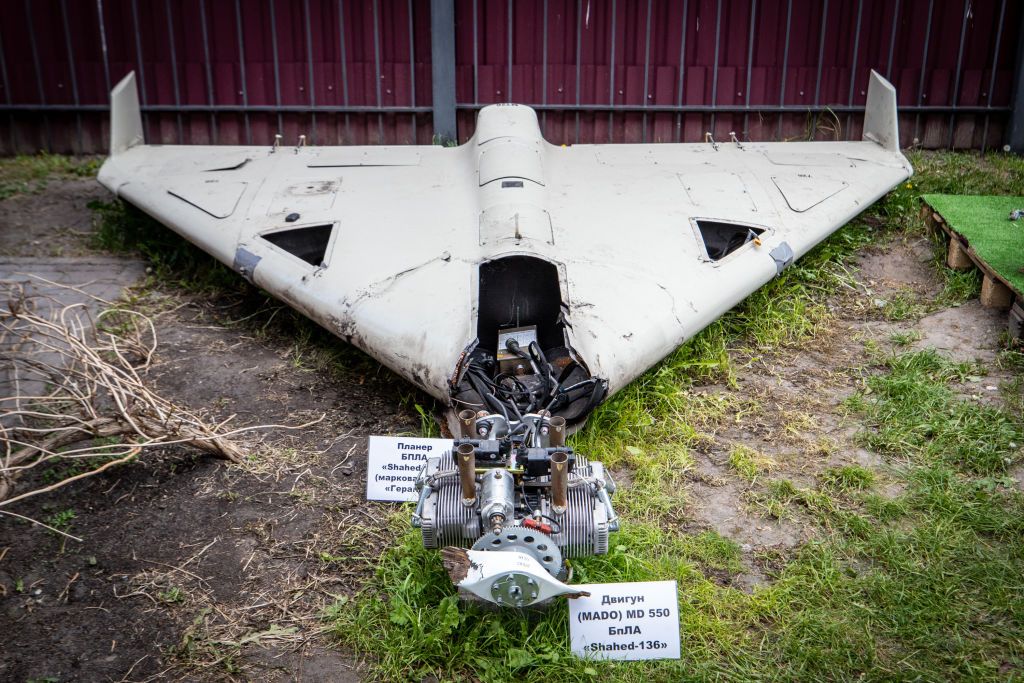FT: US asks Iran to stop drone supply to Russia

The U.S. has raised the issue of Iran's supply of attack drones to Russia during discussions with Tehran as part of an effort to "de-escalate tensions," the Financial Times reported on Aug. 16.
According to the FT's sources, Washington has asked Tehran to stop selling drones to Russia at indirect talks in Qatar and Oman this year.
Though Iran has long denied that it is behind the supply of drones, CNN reported on May 26 that Tehran is secretly shipping Shahed kamikaze drones to Russia through the Caspian Sea.
A particular uptick in traffic was recorded in the fall of 2022 when Moscow began to use drone strikes against Ukraine on a massive scale.
Tehran claims it has "repeatedly" asked Moscow to stop using the drones, according to the FT report. However, Washington has asked for "more concrete steps" in the discussions, which take place through intermediaries.
Iranian-made Shahed kamikaze drones have been one of Russia’s most effective weapons. On Aug. 3, President Volodymyr Zelensky said that Russia had launched almost 2,000 Shaheds at Ukraine.
In June, Iranian-made Shahed "kamikaze" drones largely used by Russia to attack Ukraine are still difficult for the Ukrainian forces to shoot down, Air Force spokesperson Yurii Ihnat said in an interview with Ukrainska Pravda.
According to him, it's difficult to take the drones down when Russia launches many of them from different directions, usually at nighttime, and they fly low.
He said that Russia launches drones at night to "exhaust" and detect Ukrainian air defense to further fire missiles at it from its aircraft or missile carriers.
On Aug. 16, the U.K. Defense Ministry said that Russia has almost certainly started to deploy domestically-produced drones based on Iranian Shahed kamikaze drone designs.
Domestic production will enable Russia to establish a more stable supply of kamikaze drones to be used in airstrikes against Ukraine, the report noted.
Although Moscow likely hopes to become fully self-sufficient in manufacturing the unmanned aerial vehicles, it is currently dependent on components and complete weapons shipped from Iran, mostly via the Caspian Sea, the ministry said.














